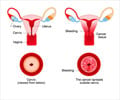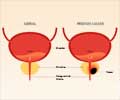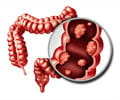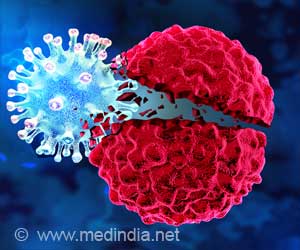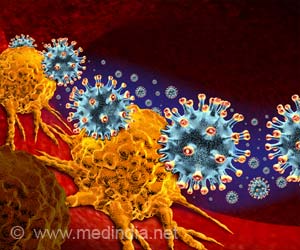A novel device that grabs cancer cells circulating in the blood, and help improve diagnosis, prognosis and treatment monitoring has been developed
A novel device that grabs cancer cells circulating in the blood, and help improve diagnosis, prognosis and treatment monitoring has been developed by scientists from University of California, Los Angeles.
These cells, known as circulating tumour cells, or CTCs, can provide critical information for examining and diagnosing cancer metastasis and monitoring the effectiveness of therapies.Metastasis, the most common cause of cancer-related death in patients with solid tumours - is caused by marauding tumour cells that leave the primary tumour site and ride in the bloodstream to set up colonies in other parts of the body.
To date, several methods have been developed to track these cells, but the UCLA team's novel "fly paper" approach may be faster and cheaper than others - and it appears to capture far more CTCs.
During the study, the UCLA team developed a 1-by-2-centimeter silicon chip that is covered with densely packed nanopillars and looks like a shag carpet.
To test cell-capture performance, researchers incubated the nanopillar chip in a culture medium with breast cancer cells.
As a control, they performed a parallel experiment with a cell-capture method that uses a chip with a flat surface. Both structures were coated with anti-EpCAM, an antibody protein that can help recognize and capture tumour cells.
Advertisement
"The nanopillar chip captured more than 10 times the amount of cells captured by the currently used flat structure," said lead study author Dr. Shutao Wang, a postdoctoral researcher at both the Crump Institute for Molecular Imaging at the David Geffen School of Medicine at UCLA and the California NanoSystems Institute at UCLA.
Advertisement
The study is published in the journal Angewandte Chemie.
Source-ANI
RAS



